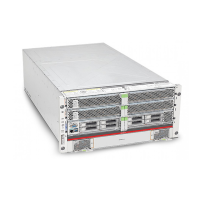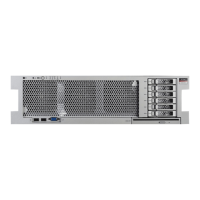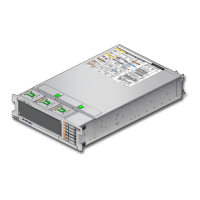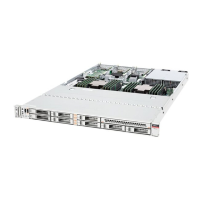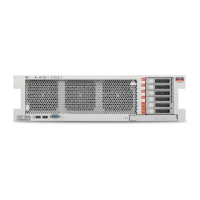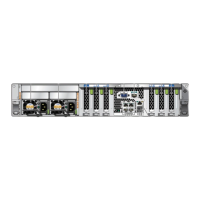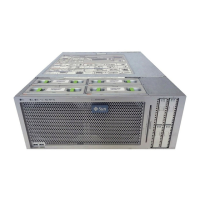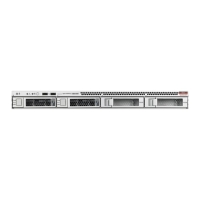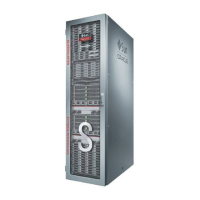To determine whether any LUNs in the storage array are quorum devices, use the following
command.
# clquorum show
If the LUN that is associated with the disk drive you are removing is a quorum device, relocate
that quorum device to another suitable storage array.
For procedures about how to add and remove quorum devices, see your Oracle Solaris Cluster
system administration documentation.
Remove the LUN that is associated with the disk drive you are removing.
For the procedure about how to remove a LUN, see
“How to Delete a LUN” on page 25.
Remove the disk drive from the storage array.
For the procedure about how to remove a disk drive, see your storage documentation. For a list
of storage documentation, see
“Related Documentation” on page 6.
Caution – After you remove the disk drive, install a dummy drive to maintain proper cooling.
How to Upgrade Disk Drive Firmware
Caution – You must be a Oracle service provider to perform disk drive rmware updates. If you
need to upgrade drive rmware, contact your Oracle service provider.
▼
How to Replace a Host Adapter
Note – Several steps in this procedure require you to halt I/O activity. To halt I/O activity, take
the controller module oine by using the RAID Manager GUI's manual recovery procedure in
the Sun StorEdge RAID Manager User’s Guide.
This procedure relies on the following prerequisites and assumptions.
■
Your cluster is operational.
■
The node on which the host adapter resides is attached to a SCSI-based storage array or
storage system.
2
3
4
BeforeYou Begin
Maintaining Storage Arrays
Oracle Solaris Cluster 3.3 With StorEdge A1000 Array, Netra st A1000 Array, or StorEdge A3500 System Manual
• May 2011, Revision A
44
